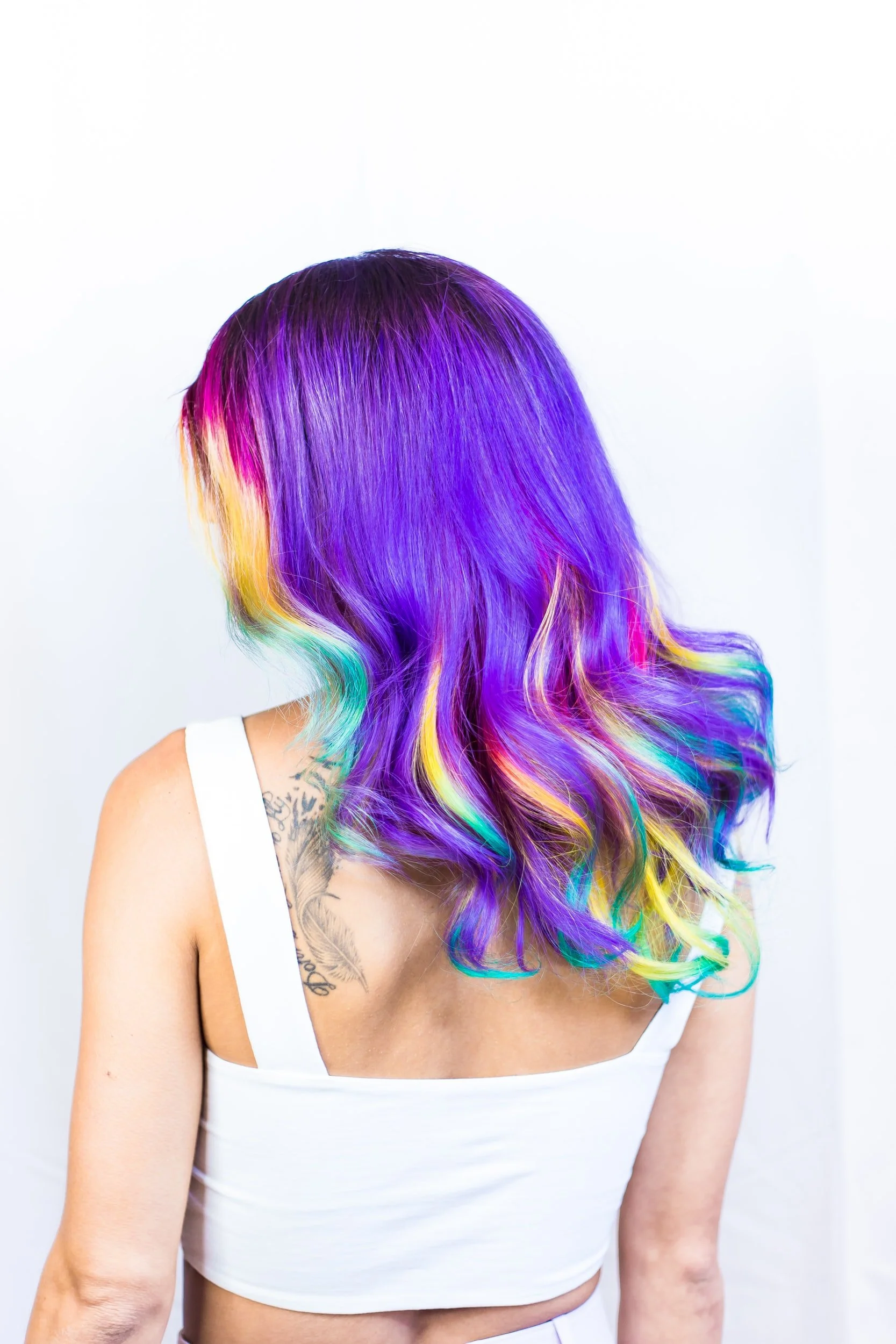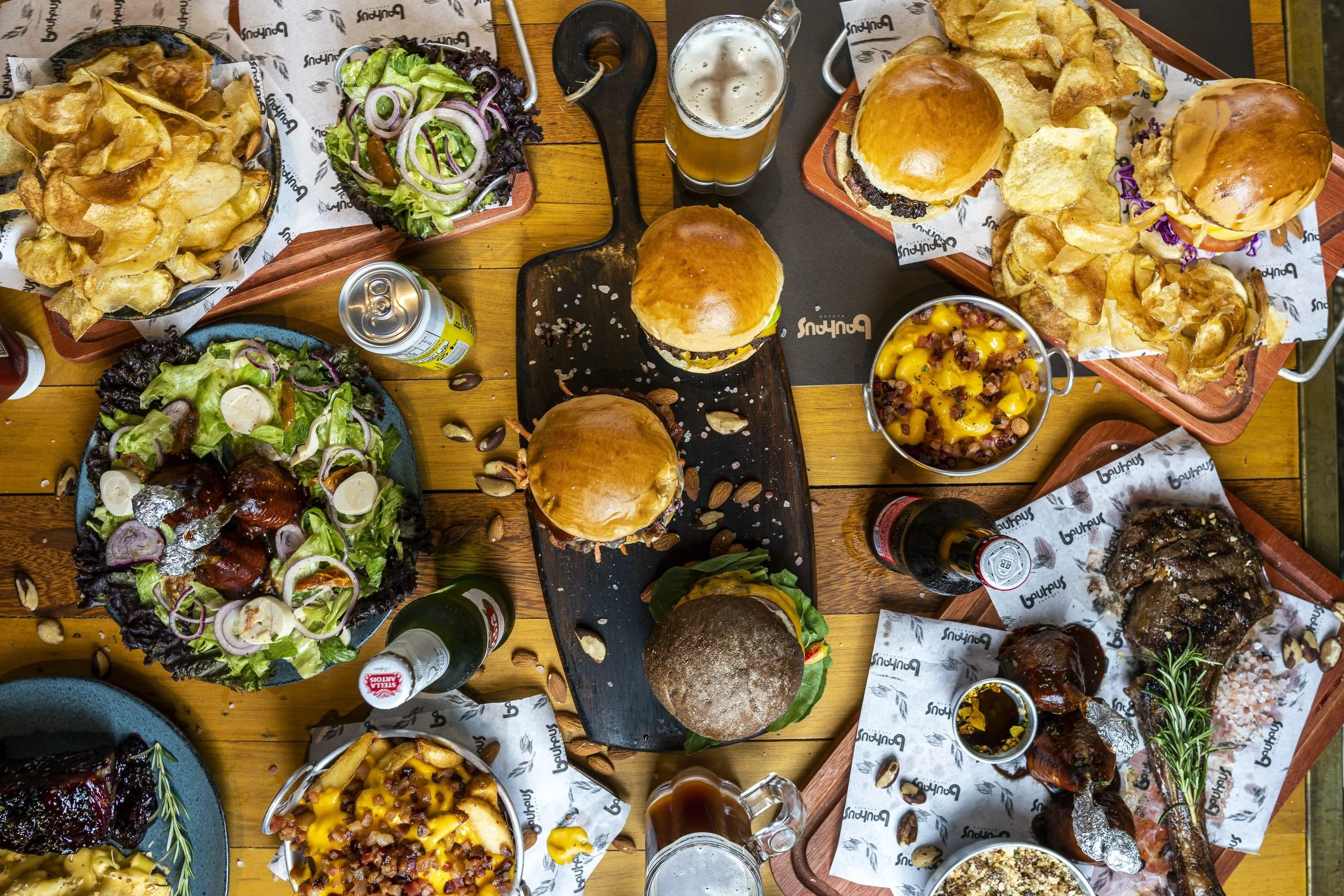AMPT Marketing + Design
UX Researcher
April 2021-Current
Tools: Qualitative & Quantitative Methods, User Testing, Data Analysis
The Company
AMPT Marketing + Design is an Austin based digital marketing and design firm that specializes in working with small businesses. AMPT focuses on website creation and redesigns, full marketing/branding package creation and implementation, and digital design.
MY ROLE
Joining the AMPT Marketing + Design team as a UX researcher I was given the opportunity to work with several of the firm’s clients. My work helps to define target audience members and their wants/needs, influence design decisions, and help create the framework for successful designs.
My UX Research Process
1. Determine the goals,
2. Explore the questions,
3. Choose the methods,
4. Identify the practical issues,
5. Decide how to deal with ethical issues, and.
6. Evaluate the results.
Presenting Case Studies
1. The product/client
2. The problem/challenges
3. Hypotheses
4. Solutions: Research methods and processes
5. Findings/Results
6. Takeaways
Client: Scissor Sister’s Hair Salon
-Visit the website: https://www.scissorsistersatx.com/
-Open since 2014
-Services Requested: Website redesign, branding, marketing, digital design, and systems
Challenges
-increase clientele
-redefine company brand and voice
-stand out in a saturated urban market
Hypothesis
By honing in on a clear company voice, rebranding Scissor Sisters,
and showcasing how they are different from other salons, clientele will increase and this salon
will become a destination for offbeat individuals looking for unique styles. The salon is currently
targeting upscale clientele for standard services, but by focusing on a middle class clientele looking
for unique services it can significantly increase its bookings.
Solutions
Define and rebrand this salon
Shift target audience focus
Create stand out marketing materials including website revamp
Research methods:
Quantitative- surveys, five second testing, A/B Testing
Qualitative –user interviews, usability testing
Quantitative Research Methods
Surveys
Online and paper surveys were used to hone in on the target audience and their
wants/needs
Five Second Testing
Had target audience members analyze both old and new designs for main pages such as
Home and Services to determine design concepts moving forward
A/B Testing
Users were split into 2 groups and presented with varying fonts, button options, and menu
and page layouts
Qualitative Research Methods
User interviews
-current users- in person interviews of current salon patrons focusing on their expectations,
salon loyalty, what they like/dislike about their past experiences
-new target audience users- in person and online interviews of potential target audience
members focusing on their expectations, pros and cons of their salon experiences at other
locations, their needs and wants
Usability Testing
Usability testing was used in all phases of the design and development process with both
current and target audience groups. Testing was done both with paper prototypes and
digital mock ups.
Findings & Results
-Surveys-
-online and paper surveys confirmed the target audience demographic as well as their
desire for unique salon services at a midrange price
-Five Second Testing-
-Through this method we determined that users thought the old website design and color
scheme was pointed towards an older, wealthier demographic. Users favored a bolder,
more vibrant color scheme with an easy to navigate website that highlights the unique
services offered on the home page
-A/B Testing-
-This method helped determine the preferred font, button design, menu layouts, and page
layouts to best serve the target audience
-User interviews-
Current users
-age range of 36-50
-held high expectations including on-time appointments, luxury service extras like
scented hot towels, only high quality products used during service, and being pampered
-expected services to be >$300
Target users
-age range 20-35
-held midlevel expectations including on time appointments, no luxury services, unique
and affordable services
-expected services to be <$300
Overall: 63% increase in bookings, 27% sales growth month to month, 48% increase in pre-bookings
Takeaways
- After analyzing the user interviews it was determined that the design needed to
be concentrated on a more unique, younger, middle class clientele.
- Utilizing the qualitative and quantitative data, a new design concept
and marketing plan was devised to better suit the target audience
- By dropping current salon prices and offering a more unique salon
experience the business will generate more revenue and attract new
clientele
Client: The Velv Comedy Lounge “Velveeta Room”
-Visit the website: https://www.thevelveetaroom.com/
-Open since 1988
-Services Requested: Website redesign, branding, marketing, and system updates
Challenges
-Declining online ticket sales
-Lack of repeat business
-Current branding is outdated and confusing to patrons
Hypothesis
The current Velvetta Room website has 1 page featuring only an
interactive calendar. By updating the website with a fresh design and changing the ticket buying
system, we can increase sales. To increase return customers, a customer loyalty program and
updated ticketing system should be implemented as well.
Solutions
Redesign the website
Implement a new ticketing system
Create a customer loyalty program
Research methods
Quantitative- surveys, A/B Testing
Qualitative –tree testing, user interviews, usability testing
Card sorting
Quantitative Research Methods
Surveys
Online and paper surveys were conducted with current clients and target audience
members to determine wants/needs and current pain points
A/B Testing
Users were split into 2 groups and presented with various design options focusing on the
home page to ensure a user-centric, easy to use design
Qualitative Research Methods
Tree Testing
this method was used to determine the website flow and featured pages as
well as menu design
User interviews
-current users- in person interviews for current comedy club patrons were conducted focusing on
their expectations, what they like/dislike about their past experiences, number of times
visited, and impressions on current website design
-new target audience users- online interviews of potential target audience members
focusing on their expectations, pros and cons of their experiences at other comedy club
locations, their needs and wants
Usability Testing
-Usability testing was used in all phases of the design and development process with both current
and target audience groups. Testing was done both with paper prototypes and digital mock ups.
Card Sorting
-Completed card sorting to help determine menu set up and page content
Findings & Results
-Surveys-
-online and paper surveys confirmed the target audience demographic and defined
their desires/needs and website requirements.
-A/B Testing-
-Target audience testing confirmed design aesthetics including color scheme, buttons,
icons, and images
-User interviews-
Current users
-age range of 21-40
-enjoyed the overall experience of attending the club, thought current website was
outdated, clunky, and overall a negative experience
-many users did not come back because they were too frustrated with online sales and the
venue did not accept credit cards
Target users
-age range 21-35
-are looking for a fun, hip comedy club to see local and well known comics
-want a website that is as fun and hip like the club itself with an easy to use ticketing
system and clear content
Overall: 62% increase in SEO traffic, 15,500 website visitors monthly, 31% increase in direct site traffic.
Takeaways
- After analyzing the user interviews and testing it was determined that the
website needed to be redesigned and focused towards a more user-centric experience
- Utilizing the qualitative and quantitative data - the team was able to determine how to
attract new patrons while retaining current patrons
- By creating a customer loyalty program, patrons have more of an incentive to return
to the comedy club with higher frequency
The Tavern Restaurant & Pub
-visit the website: https://www.tavernaustin.com/
-Open since 1916
-Services- branding, website redesign, marketing
Challenges
-compete with oversaturated restaurant market
-increase customer base and ticket totals
-find new ways to increase revenue
Hypothesis
By blending a contemporary web and marketing design with its vast
history, The Tavern will become a standout destination. The new menu also affords the
opportunity to raise prices and overall sales. We can also increase sales by designing and selling
new merchandise like T-shirts and hosting live action events diners can participate in.
Solutions
Coupled with new menu - increase prices
Create a website that is contemporary and honors restaurant history
Launch new merchandise line
Research Methods
Quantitative- surveys, five second testing, A/B Testing
Qualitative –user interviews, usability testing
Card sorting
Quantitative Research Methods
Surveys
Online surveys were conducted with current clients and target audience members to
determine wants/needs, current pain points, menu impressions, reactions to merchandise
ideas, and willingness to attend live events
Five Second Testing
This method was used to determine what target audience members preferred in terms
of website and merchandise designs including color schemes, fonts, logos, etc.
A/B Testing
Users were split into 2 groups and presented with various design options focusing on the
new web design
Qualitative Research Methods
User interviews
-current users- in person and online interviews for current restaurant patrons were run
focusing on meeting expectations, what they like/dislike about their past dining
experiences, number of times visited, impressions on current website design, new vs. old
menu
-target audience users who have never dined here- phone and online interviews were
conducted focusing on their first impressions of The Tavern, dining and experience
expectations, pros and cons of their experiences at other local pubs, their needs and
wants, opinions on fair pricing
Usability Testing
-Usability testing was used in all phases of the design and development process with both current
and target audience groups. Testing was done with both old and new designs using digital and
paper prototypes.
Card Sorting
-Completed card sorting to help determine required page content, website menus, and web flow
Findings & Results
-Surveys-
-online surveys confirmed the target audience wants/needs, expectations, current brand
impressions
-Five Second Testing-
This method was used to help determine what from the old web design was working and
not working and addressed new design aesthetics
-A/B Testing-
-Target audience testing confirmed design aesthetics including color scheme, buttons,
icons, and images
-User interviews-
Current users
-age range of 21-40
-enjoyed the overall experience of attending the club, thought current website was
outdated, clunky, and overall a negative experience
-many users did not come back because they were too frustrated with online sales and the
venue did not accept credit cards
Target users
-age range 21-35
-are looking for a fun, hip comedy club to see local and well known comics
-Usability Testing
-Helped identify pain points with old and new web flow, menu set up, etc.
Overall: 69% online discovery rate, 104,000 Google views month to month, 22% increase in sales
Takeaways
-After analyzing competitors in the area and the current web design flaws, a new design was
implemented along with new branding that appealed to a younger clientele while also paying homage to
the history of The Tavern
-By raising menu prices to match the current market and introducing a new merchandise line, The
Tavern’s sales increased consistently










